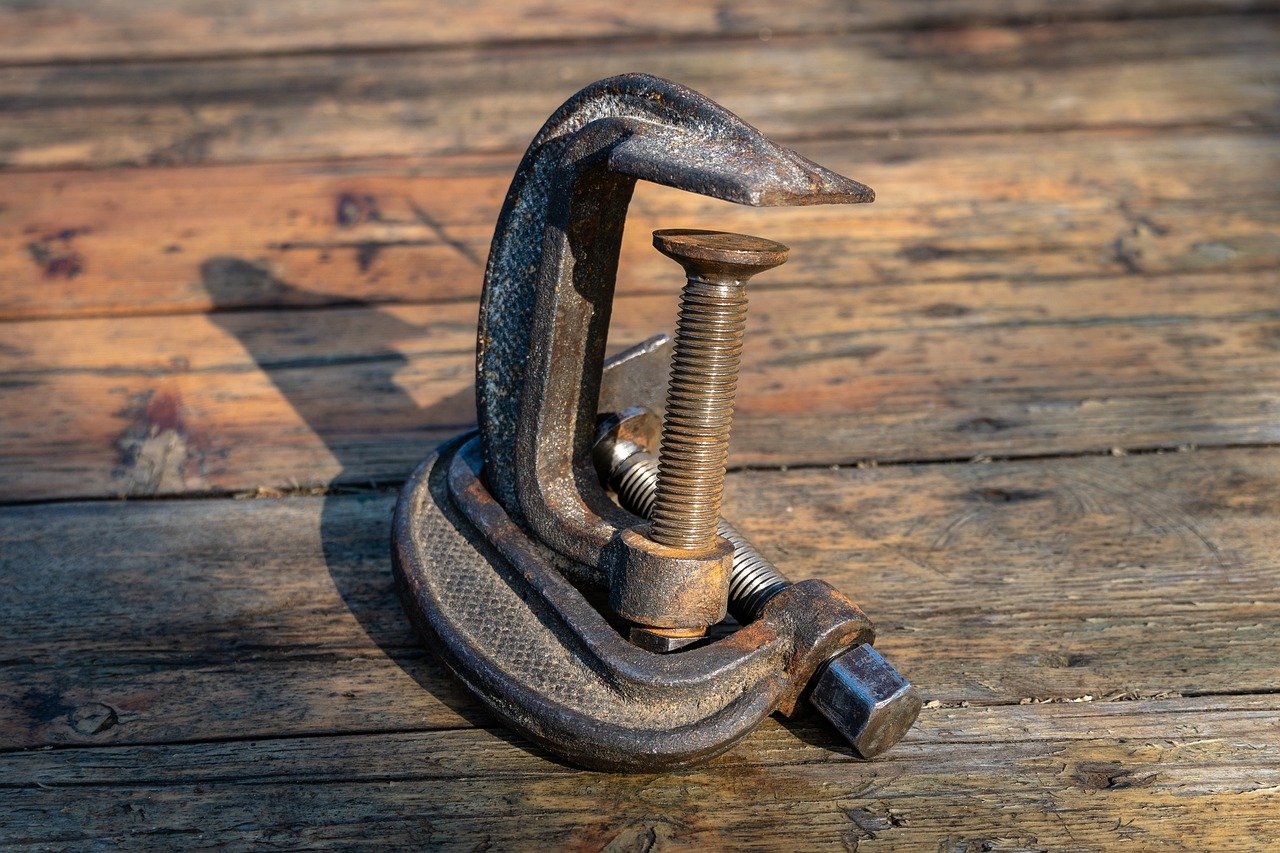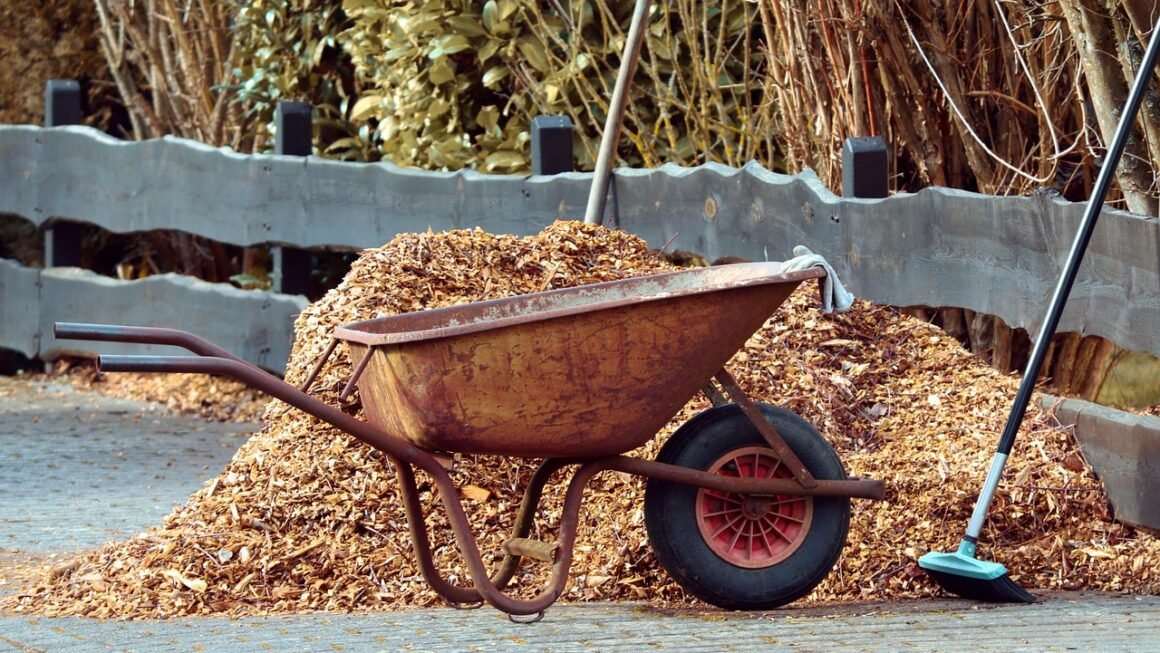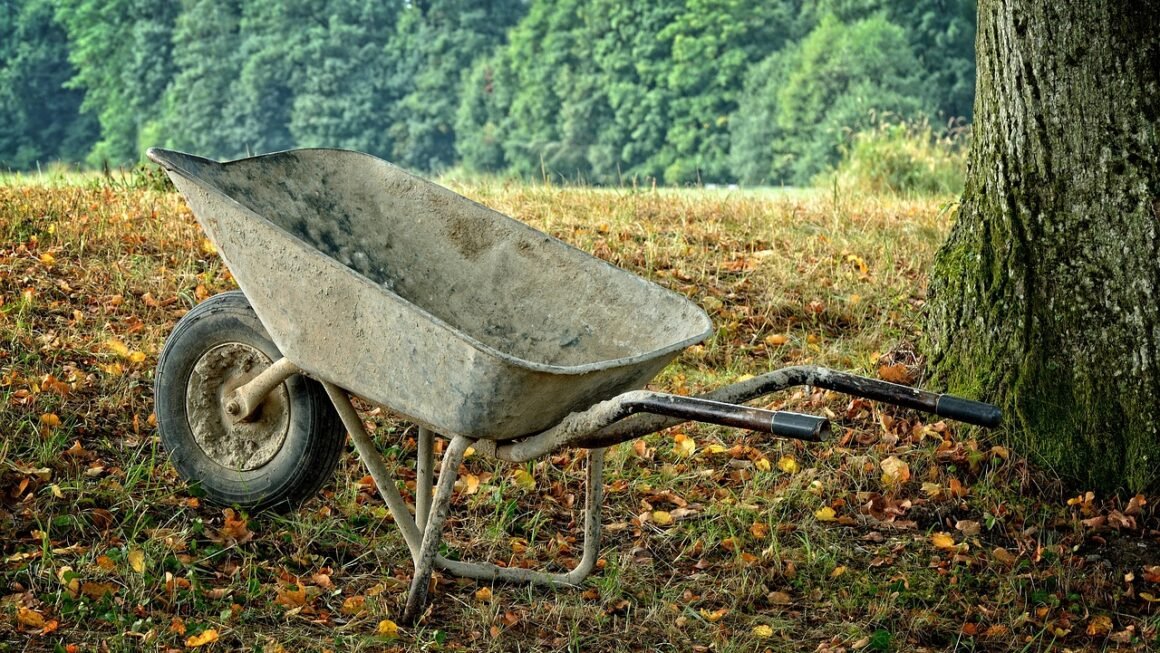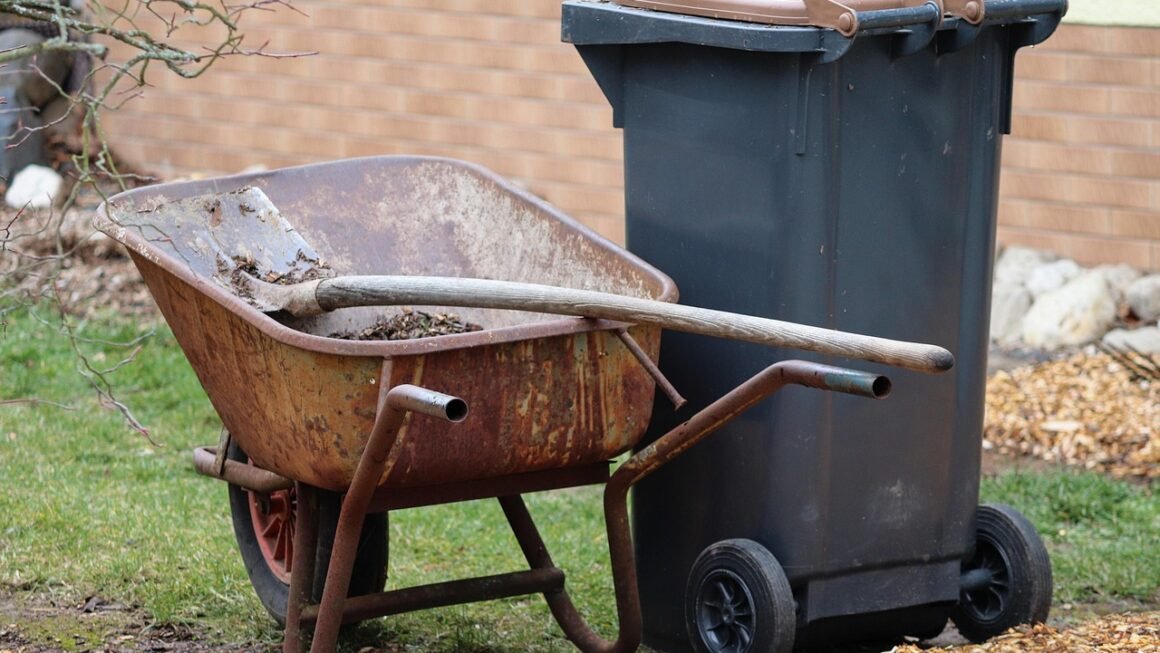Planting seeds and bulbs can be a back-breaking chore, especially when dealing with hard or rocky soil. Forget spending hours on your knees, wrestling with a trowel! A garden drill, often called an auger drill bit, offers a powered, efficient, and comfortable way to prep your garden for planting. This often overlooked tool can significantly reduce the time and effort required for a variety of garden tasks. Let’s dive into the world of garden drills and discover how they can revolutionize your gardening experience.
What is a Garden Drill?
Definition and Purpose
A garden drill, also known as a soil auger drill bit, is a specialized attachment designed for use with a standard power drill or cordless drill. Its primary purpose is to quickly and easily create holes in the soil for planting seeds, bulbs, seedlings, and even for setting up small fence posts. Unlike traditional gardening tools like shovels and trowels, a garden drill utilizes the power of your drill to bore into the earth, minimizing physical strain and maximizing efficiency.
Types of Garden Drills
Garden drills come in various sizes and designs, each suited for different tasks:
- Bulb Planting Augers: These are typically shorter and wider, designed for creating perfectly sized holes for bulbs like tulips, daffodils, and lilies.
- Seedling Planting Augers: These are generally longer and narrower, ideal for planting seedlings with established root systems.
- Post Hole Augers (Small Scale): While not a replacement for heavy-duty post hole diggers, smaller augers can assist in creating pilot holes or shallow holes for small fence posts or stakes.
- General Purpose Garden Augers: These offer a balance between length and width, making them suitable for a variety of planting tasks.
Material and Construction
Most garden drills are constructed from durable materials like high-speed steel (HSS) or carbon steel. Some may also feature coatings like powder coating for rust resistance. The spiral design of the auger is crucial for efficiently moving soil out of the hole as it drills. Look for models with a robust weld connecting the auger to the drill attachment point for increased durability.
Benefits of Using a Garden Drill
Reduced Physical Strain
The most significant benefit of a garden drill is the reduction in physical strain. Instead of manually digging holes, the drill does the work for you, minimizing back pain, knee pain, and fatigue. This is especially beneficial for gardeners with mobility issues or those who have large planting projects.
Increased Efficiency
A garden drill can significantly speed up the planting process. What might take hours with a shovel can be accomplished in minutes with a drill. This efficiency allows you to tackle larger projects or simply enjoy more leisure time in your garden.
Precision and Consistency
Garden drills create uniform holes, ensuring consistent planting depth and spacing. This is particularly important for bulbs and seedlings that require specific conditions for optimal growth.
Soil Aeration and Preparation
The act of drilling into the soil also helps to aerate it, improving drainage and providing better access to oxygen for plant roots. This can lead to healthier and more vigorous plant growth.
Versatility
Beyond planting, a garden drill can be used for a variety of other tasks, such as:
- Mixing soil amendments like compost or fertilizer into the planting hole.
- Creating pilot holes for fence posts or stakes.
- Digging small trenches for irrigation lines.
How to Choose the Right Garden Drill
Size and Length
The ideal size and length of your garden drill will depend on the type of plants you intend to plant.
- For bulbs: Choose a wider, shorter auger (e.g., 3 inches wide, 9 inches long).
- For seedlings: Opt for a narrower, longer auger (e.g., 1.75 inches wide, 12 inches long).
- For general purpose: Consider a mid-range size (e.g., 2 inches wide, 10 inches long).
Material and Durability
Look for garden drills made from high-quality steel with a durable coating to resist rust and corrosion. A strong weld connecting the auger to the drill attachment point is also essential for longevity.
Drill Compatibility
Ensure that the garden drill is compatible with your drill. Most garden drills have a standard hex shank that fits into most standard power drills. Consider the torque of your drill; harder soils may require a more powerful drill.
User Reviews and Ratings
Before purchasing a garden drill, read online reviews and ratings to get an idea of its performance and durability. Pay attention to comments about ease of use, effectiveness in different soil types, and overall customer satisfaction.
Using Your Garden Drill: A Step-by-Step Guide
Preparation
- Gather your supplies: You’ll need a garden drill, a compatible power drill, gloves, safety glasses, and your plants or seeds.
- Mark your planting locations: Use a garden marker or spray paint to clearly mark where you want to plant.
- Prepare the soil: Remove any large rocks or debris from the planting area. It helps to moisten the soil slightly, but avoid making it overly wet.
Drilling the Holes
- Attach the garden drill to your power drill: Securely tighten the drill chuck to hold the auger in place.
- Position the drill: Place the tip of the auger at the marked planting location.
- Start drilling: Apply gentle pressure and start the drill at a low speed. Increase the speed as the auger begins to penetrate the soil.
- Maintain a steady grip: Hold the drill firmly and maintain a consistent drilling motion.
- Remove soil as needed: Periodically lift the auger out of the hole to clear away accumulated soil.
- Drill to the desired depth: Use the markings on the auger or your own visual cues to ensure you reach the correct planting depth.
Planting
- Place the plant or seed in the hole: Carefully position the plant or seed in the hole, ensuring the roots are properly oriented.
- Backfill with soil: Gently backfill the hole with soil, tamping it down lightly to secure the plant.
- Water thoroughly: Water the newly planted area to help settle the soil and provide moisture to the roots.
Safety Precautions
- Wear safety glasses: Protect your eyes from flying debris.
- Wear gloves: Protect your hands from dirt and potential injury.
- Be aware of underground utilities: Before drilling, check for any buried cables or pipes in the area.
- Use caution around rocks and roots: If you encounter a large rock or root, stop drilling and remove the obstruction before continuing.
- Never force the drill: If the auger becomes stuck, stop the drill and try to remove the obstruction. Forcing the drill can damage the auger or the drill itself.
Conclusion
A garden drill is an invaluable tool for any gardener looking to save time, reduce physical strain, and improve planting precision. By understanding the different types of garden drills available, considering your specific needs, and following proper usage techniques, you can transform your planting experience and create a beautiful and thriving garden with ease. So, ditch the shovel and embrace the power of the garden drill – your back (and your plants) will thank you!




